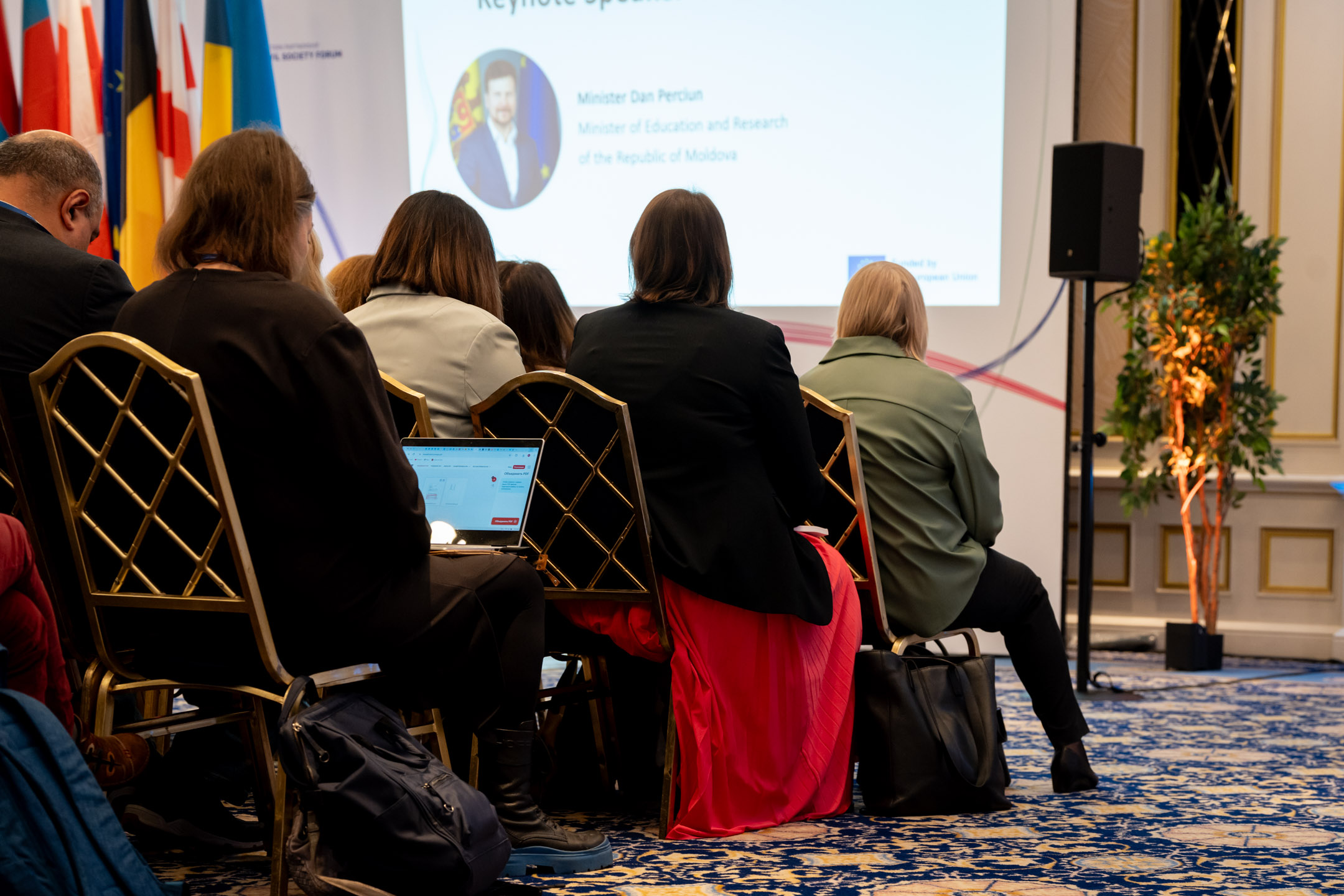Positioning institutional leaders as experts: clarity, cadence, and credibility
Recognition as a knowledgeable thought leader in any given field sounds like a truly remarkable and often irrealistic objective. We know: it makes many institutional leaders feel lost, unsure of how to start. But if we were to summarise it, the trick to thought leadership is knowing how to shape the conversation. For institutional leaders, this means showing up as more than a souless representative of an organisation, mindlessly repeating talking points. True thought leaders are those who manage to be seen as authentic thinkers with perspective, context, and a point of view that resonates beyond their immediate field.
We work closely with leaders to translate their vision into a presence that feels both personal and purposeful. That’s not only a matter of publishing more. It’s about finding the right frame, the right tone, and the right rhythm.
Framing ideas that land
Every leader has raw material: a set of convictions, insights, and experiences that shape how they see the world. But in a crowded landscape, those ideas need framing. We help surface what’s essential and shape it into messages that are accessible without being oversimplified. The goal is not to package or polish, but to clarify, connect, and make sure the message sticks and stands out.
We often start by mapping out the leader’s “constellation” of ideas: recurring themes, tensions, questions, and goals. From there, we identify which threads are best suited to spark a conversation. Aiming for true dialogue is key to grabbing attention: making your audience feel seen and heard goes a long way from simply making a statement and explaining your own views.
Tone that builds trust
Institutional authority is no longer enough. Audiences expect leaders to be both credible and relatable; to be confident, but not corporate; and clear, but not cold.
We work on tone as deliberately as we do content. That means shaping a voice that feels consistent across formats: keynote to caption, op-ed to off-the-cuff remark. Some leaders benefit from a slightly more editorial edge, others from a conversational tone. What matters is that the language aligns with their values and with how they want to show up in the world.
A rhythm that sustains presence
Visibility isn’t a one-time campaign. It’ a pattern of thoughtful contributions that build recognition and trust over time. We support leaders in finding a publishing cadence that’s sustainable and strategic. That might mean a quarterly essay series, regular LinkedIn reflections, or showing up at the right moment in a news cycle.
The key is to establish presence without turning every post into self-promotion. That’s where a content strategy rooted in ideas (not ego) makes all the difference. By anchoring thought leadership in shared challenges or sector-wide conversations, the leader steps forward not to talk about themselves, but to offer perspective others can use.
In practice
Sometimes we ghostwrite. Sometimes we edit. Sometimes we simply act as a sparring partner to help a leader articulate what they already know (just not yet in words). The process is flexible, but the intention is always the same: to make space for institutional voices that are thoughtful, relevant, and genuinely useful.
Because the most respected experts are not those who speak the loudest, but those who know when and how to say something worth hearing.
Conclusion
Read more
Discover more of our journals, a treasure trove of valuable insights, practical tips, and industry trends that will take your events to the next level.



.jpg)
.jpg)

.jpg)









